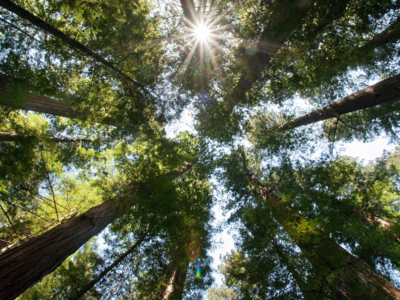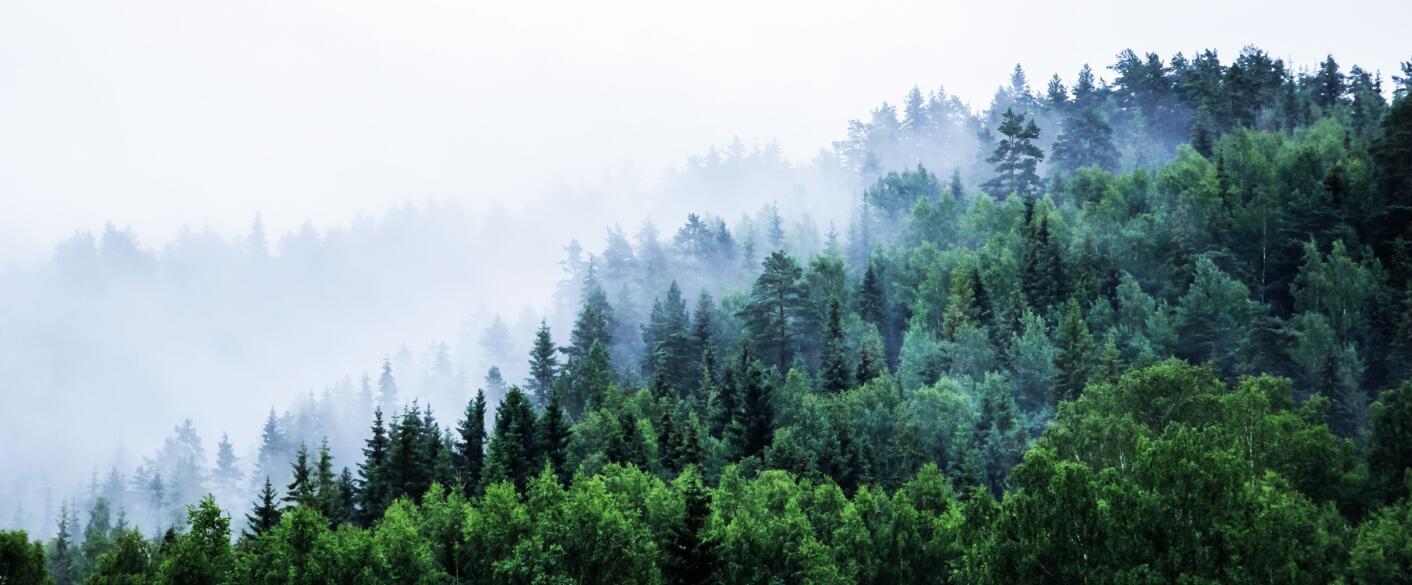The DTU 41.2 standard, entitled “Exterior wood cladding,” is the essential reference for installing wood cladding in France. It defines the essential technical rules for ensuring the durability, waterproofing, and thermal performance of wood facades. Whether for new construction or renovation, complying with this standard is essential to guarantee the longevity and safety of your cladding.

Key takeaways:
- DTU 41.2 standard: mandatory reference for installing wood cladding in France, ensuring durability, waterproofing, and thermal performance.
- Installation rules: correct installation of battens, rain screens, ventilated air gaps, and cladding strips to guarantee a healthy and durable facade.
- Wood preparation: store in a well-ventilated area, protected from moisture, with a maximum moisture content of 19% before installation.
- Safety and longevity: comply with minimum distances, in particular a ground clearance of 20 cm, and use fasteners appropriate to the wood's class of use.
- Adaptation to climatic conditions: choose the appropriate wood species according to the climate and geographical location to maintain waterproofing and resistance over time.
The DTU 41.2 standard for exterior wood cladding sets out the rules to be followed to ensure that cladding is installed correctly. These rules concern a number of elements and are designed to ensure the durability of the exterior cladding.
DTU 41.2 "Exterior wood cladding" is the reference standard for wood cladding. It provides details on the installation of cladding, particularly in terms of the length of nails used and the management of angles, framing and the rain screen.
By complying with the instructions in this standard, the four roles of exterior coverings can be guaranteed:
- Functional: protection from the elements
- Thermal: combating heat loss
- Mechanical: resistant to impact and damage
- Aesthetics: dressing up the façade
The DTU 41.2 standard was amended on 15 August 2015. This new version provides details on the installation of cladding on concrete and masonry structures, and includes open-joint cladding systems in the various types of cladding installation alongside horizontal, vertical and diagonal installations. Unlike the 1996 version, DTU 41.2 now recognises the waterproofing role of wood cladding on a façade. The standard also specifies the different areas in which cladding can be used.
How to build the right cladding: the essential points of the DTU 41.2 standard
To build your cladding properly, you need to follow certain rules (see Installation Guide). Installing cladding on a facade calls for a number of precautions, since the aim is to ensure that the building is watertight. The DTU 41.2 must be followed for efficient and optimal installation. There are five key points to consider: the rain screen, the support battens, the air space, the cladding strip and the type of wood.
The DTU 41.2 standard recommends preparing the wood properly, which means removing the boards from their packaging 24 to 48 hours before laying and storing them in a sheltered, well-ventilated pile. During installation, the maximum moisture content of the boards should be 19%. It is essential to select the right type of wood for the job, and to adapt it to the climatic conditions of the region.
The rain screen, guaranteeing a watertight façade
The rainscreen is a protective barrier against rain and wind. It is fixed when the secondary framework and battens are installed.
The air gap for optimum ventilation
The ventilated air space is a compulsory void behind the cladding boards, allowing air to circulate and moisture to escape. This space must comply with four parameters:
- A ventilation inlet and outlet greater than or equal to 50 cm2/m linear
- Air inlets located at the top and bottom of the cladding
- Ventilation to the outside of the building via top and bottom ventilation outlets
- Integration of top and bottom anti-rodent ventilation grilles
Secondary framing, guaranteeing the longevity of the façade
This is the substrate to which the cladding boards are fixed. Its quality is therefore essential to ensure the durability of the cladding. It is made up of class 2 treated battens fixed to the structure of the building itself, which comply with precise dimensions:
- Width greater than or equal to 30 mm
- Minimum thickness of 27 mm
They must be fixed at a minimum spacing of 40 cm and a maximum spacing of 65 cm.
The DTU 41.2 standard recommends fastening with stainless steel nails or stainless steel screws, twisted or ringed, which can penetrate at least 30 mm into the uprights. The cleats are arranged according to the type of installation. Horizontal installation requires simple vertical cleating. Vertical installation requires double cleating for better ventilation.
Fixing the blades
The boards are fixed to the battens. The number of fixings depends on the size of the boards. For boards smaller than 125 mm, only one fixing is needed, so the fixings are hidden. For boards larger than this, two fixings are required, making them visible.
Strict adherence to the recommendations of the DTU 41.2 standard will ensure the longevity of the works.
Other news








